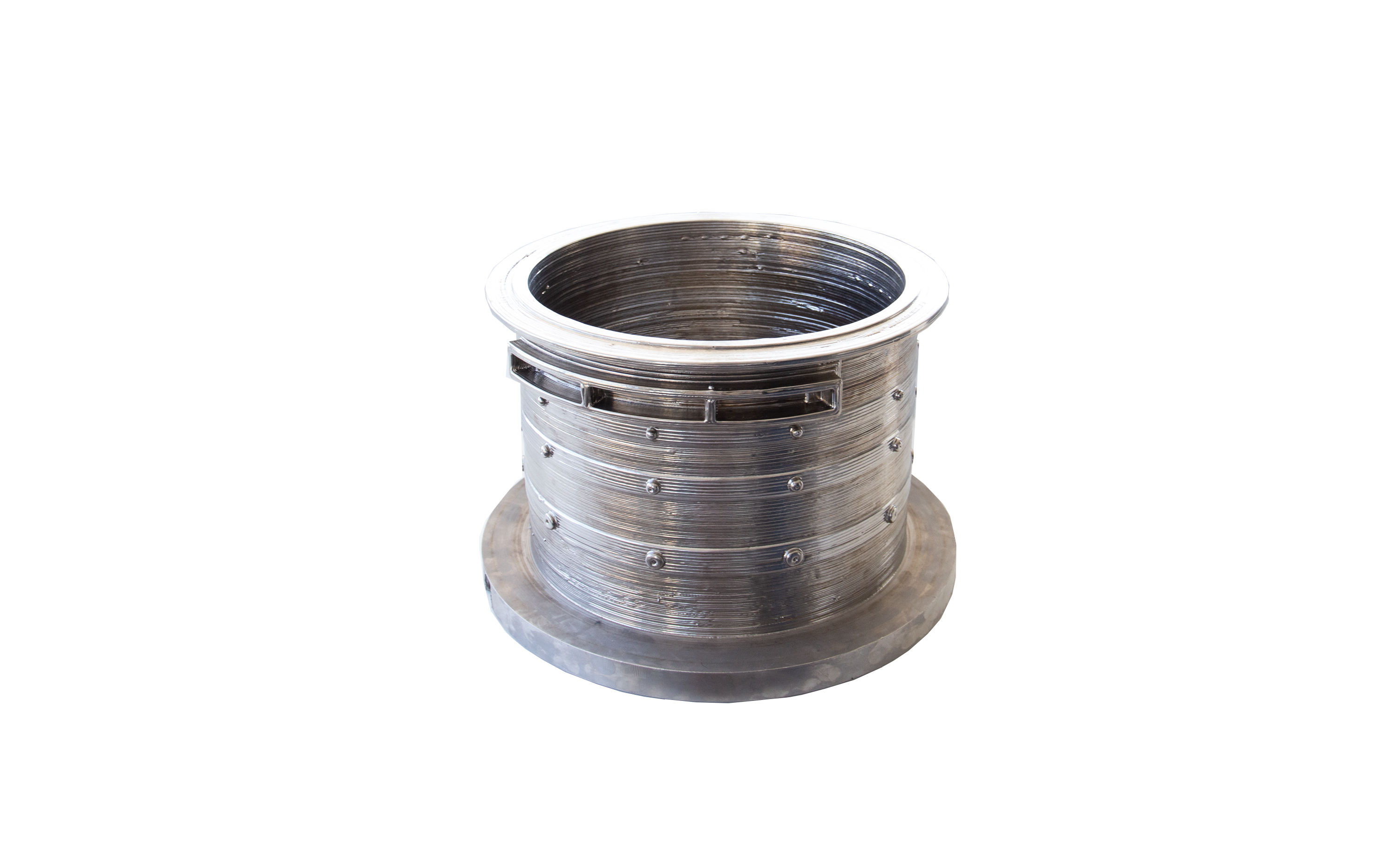Driving the future of urban air quality
Urban road traffic, and especially vehicle emissions, significantly impact citizens’ health and the environment. Although there has been progress in reducing emissions, they remain one of the largest contributors to air pollution in urban areas. Many cities still struggle with highly polluted traffic hotspots that require targeted interventions to meet European air quality standards. However, current regional emission models cannot efficiently capture urban emission hotspots. Studying pollution hotspots requires high-resolution (microscopic) emission models. These models account for congestion by closely analysing driving behaviour using second-by-second speed data, either from direct measurements or traffic simulations. They may also consider emission factors calculated by engine or vehicle-operating conditions. Such models can help understand how urban road traffic contributes to atmospheric emissions and population exposure.
Modelling road traffic emissions
Undertaken with the support of the Marie Skłodowska-Curie Actions (MSCA) programme, the IRTEMS project aimed to improve understanding of traffic emissions in cities through a high-resolution modelling system. Aligned with UN Sustainable Development Goals and EU strategies, the goal was to provide accurate, detailed data on traffic emissions and help devise solutions to reduce air pollution in urban areas. “IRTEMS explored a new approach to model road traffic emissions with high resolution at city scale: we analysed different microscale models used around the world to identify key factors that describe the complexity of emissions patterns in urban areas,” explains MSCA research fellow Christina Quaassdorff. IRTEMS involved an international exchange in the USA, where the team worked with experts in emissions measurement and modelling. This collaboration helped create a powerful simulation system that addresses traffic emissions more accurately.
Accurate estimation of traffic emissions
The analysis of three different models enabled the team to identify key factors influencing emission outcomes and to pinpoint the limitations of each model for application in larger spatial domains. Results showed that engine power and vehicle speed were critical for emission estimations. One key outcome of the project was the demonstration of how these factors can be integrated into microscale models. Moreover, the study looked at how averaging this data over longer periods affects the accuracy of the emission results. These findings will help address the limitations of current large-scale traffic data and could serve as a foundation for improving detailed emission analyses across entire cities in the future.
Impact and future directions
Overall, the project has made substantial progress in refining traffic emission models and improving their application in urban environments. The generated approach exhibits high accuracy in locating emission hotspots, demonstrating the potential of using microscale emission models to target high-pollution areas in cities. The research conducted as part of the project will help cities better understand the sources of their traffic related air pollution and take more targeted actions to reduce emissions in urban areas. “Importantly, IRTEMS offers a powerful resource to model road traffic emissions with great detail for large urban areas across Europe and beyond,” concludes Quaassdorff.
Keywords
IRTEMS, microscale models, air pollution, traffic emission







